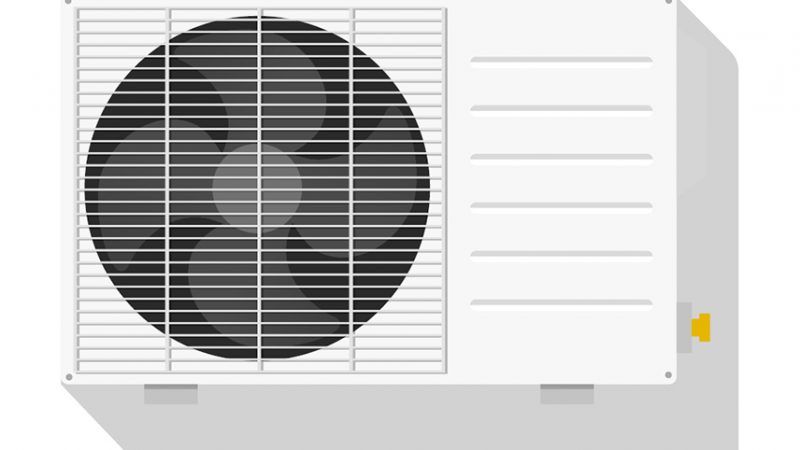What's Cool About Summer

Heading off to see a summer blockbuster? Thank the early 20th century movie hero who kicked off the phenomenon. Not Superman. Not Captain America. Not even Rin Tin Tin.
William Carrier.
In 1902, the young engineer was working for a heating outfit called Buffalo Forge. That company was approached by Sackett & Wilhelms, a print shop in Brooklyn that was facing a dilemma. Four-color printing meant paper had to be inked four separate times, with each run laying down a different hue. Thanks to humidity, sheets would often shrink or expand in the interim between inkings, making the finished image a mess. What could be done?
Carrier came up with a way of "conditioning" the air in order to keep the temperature and moisture level steady. You can probably guess what he called his invention.
Not only did printing companies suddenly have a solution to the problem of summer, so did all sorts of other industries, from candy makers (chocolate no longer turned gray) to razor manufacturers (blades no longer rusted) to theaters.
In the earliest days of cinema, theaters would often close during the summer as their cramped, crowded spaces became suffocating sweatboxes. Thanks to air conditioning, not only could they stay open, they became bastions of comfort. In 1925, the Rivoli Theater in Times Square became the first movie theater to install the new technology. A decade later, summer had become the biggest time of year for movies, and the summer blockbuster was born.
Air conditioning changed more than just our film viewership. Cooler air had basically been the holy grail of sizzling civilizations since the dawn of history. In ancient Egypt, porous urns were filled with water that slowly seeped out and evaporated, providing a modicum of relief. (Though not as much relief as those slaves with the palm fronds, I'd guess.) In ancient Rome, an emperor named Elagabalus had ice harvested from the mountains and spread around his garden, so the breeze would waft cool air inside.
The rest of us spent eons fanning ourselves and drinking lots of liquids. Meanwhile, homes were built to deflect oppressive heat as best they could. Shaded front porches were wide enough for socializing and even sleeping on. Windows were positioned to facilitate cross drafts. High ceilings drew the heat up and away from the humans panting below.
After World War II, A/C finally came to the average home, and when it did, life changed. For starters, builders could use thinner and thus cheaper materials. They could ditch the porches, scrap the shutters, and lower the ceilings. All this made the American Dream less expensive, luring the masses to the 'burbs—and to the South. The share of Americans living in the Sun Belt rose from 28 percent before the war to 40 percent afterward.
Central air has gotten a bad rap as a community killer: By keeping neighbors sealed inside their arctic homes, it creates existential anomie (and artificially high viewership for CNN). As a gal who's always cold, I have done a ton of A/C bashing myself, and I didn't install so much as a window unit for many a sweltering summer for fear that my kids would never leave their climate-controlled rooms. Yet as annoying as that constant stream of cold indoor air is to those of us forced to keep space heaters under our desks in July, A/C has made life better for a lot of people—including the downtrodden.
Climbing temperatures can be a killer. For one thing, people are more likely to commit suicide when it's very hot outside. For another, when a heat wave hits, the poor are more likely to die. Nowadays, high temperatures cause about 600 deaths a year in America, according to the Foundation for Economic Education. In 1936, that number was 5,000.
You may be fretting: But what about the Earth? Well, as Slate's Daniel Engber reports, it actually takes less energy to cool a home in the broiling heat than to heat it in the bitter cold. And few environmentalists begrudge people their furnaces in wintertime.
Jimmy Moyen, owner of First Choice Mechanical, an HVAC company in Queens, New York, tells me his customers are increasingly purchasing "smart" air conditioners, where "the thermostat is connected to your smart phone, and the closer you get to home, the closer it gets to the temperature you want." That means your A/C doesn't waste juice while you're out during the day, yet it welcomes you home to cold comfort at night.
Maybe that's too much comfort, but it's better than the alternative.
This article originally appeared in print under the headline "What's Cool About Summer."


Show Comments (31)